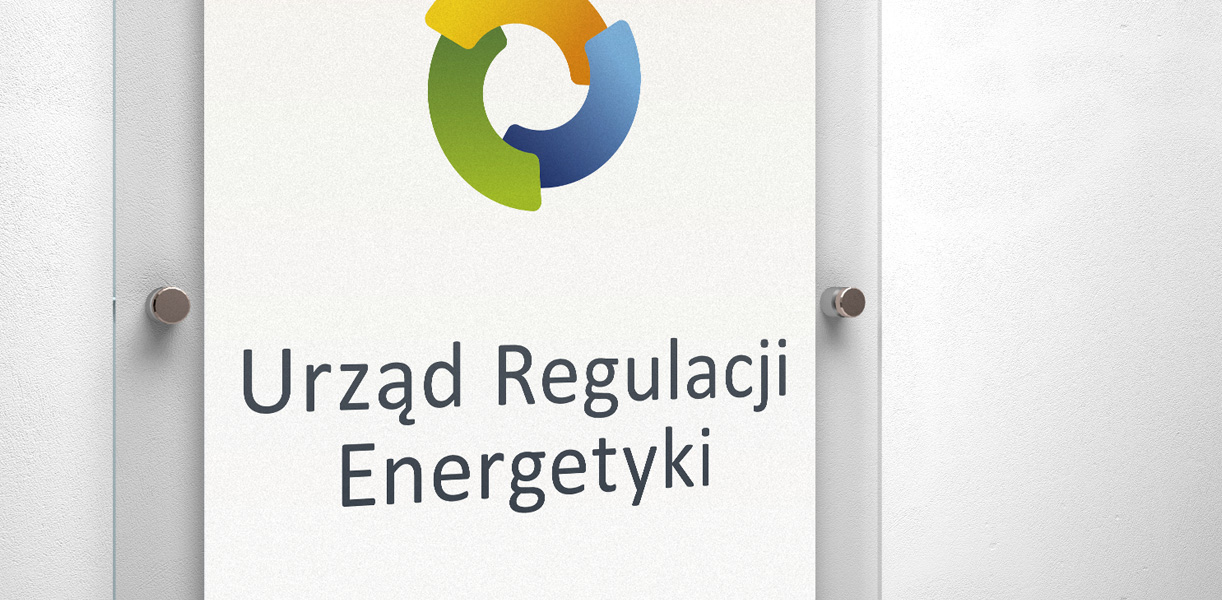Comments to the ordinance of the Minister of State Assets on the reference price of electricity from renewable energy sources in 2020, and periods for producers who won the auction in 2020, were published on the website of the Government Legislation Center.
As part of the positions presented as part of the inter-ministerial arrangements, the President of the Energy Regulatory Office criticized the reduction of the reference price for photovoltaic and wind installations.
As the project developer justifies, the need to reduce reference prices is the result of a progressive decrease in the cost of electricity production in installations using only onshore wind energy and solar radiation energy. However, the thesis seems to be based solely on the results of two auctions: AZ / 6/2019 and AZ / 9/2019, carried out in 2019, while the delegation contained in Art. 77 section 4 of the Act on renewable energy sources makes the level of reference prices dependent on a number of factors to which the project initiator did not refer in any way to the draft regulation and the impact assessment of the submitted draft regulation.
In this context, it should be noted that the draft regulation assumes adjustment of reference prices only in relation to the technologies most active in the auction system so far, which are currently the basis for its functioning. Meanwhile, in the case of other technologies entitled to participate in the auction system (i.e. installations using biogas or hydropower), the project designer does not make any adjustments, despite the parallel operation of the guaranteed price system (FiT) and the market price subsidy system (FiP), which may constitute a specific reference point for making a proper assessment of the costs of generating electricity in installations referred to in art. 70a paragraph 1 and 2 of the Act on renewable energy sources.
It should also be noted that in the case of producers assuming electricity generation in installations using solar radiation energy with an installed electrical capacity of not more than 1 MW, the scale of participation in the auction system (measured by the number of auction bids) is very high, and lowering the reference price is in principle unnecessary from the point of view of auction results – the price pressure caused by the auction settlement mechanism effectively stimulates producers to reduce costs in the search for competitiveness.
(…)
Importantly, the project promoter should also take into account that due to current legal and social conditions, wind projects with the lowest costs of energy production have probably already found themselves in the prize pool in actions carried out in 2018 and 2019, and the remaining preparatory projects on the market for future auction sessions, for various reasons they were not able to optimize the costs, allowing them to submit a winning bid. In this context, the question should be asked whether the currently planned reference price for wind installations with an installed capacity above 1 MW is in fact close to real market conditions, and as a consequence whether it will allow the sale of a significant part of the volume of renewable energy from this technology in 2020 Similarly to the above considerations, also in this case, if the methodology of price reduction presented by the project initiator were accepted, it should be pointed out that the volume of electricity intended for sale in the auction system was underestimated in 2020 in a basket dedicated to wind installations installed more than 1 MW, over 10 TWh. With the same energy value, it could be assumed that a larger volume of electricity equal to 56 TWh could be assumed.



